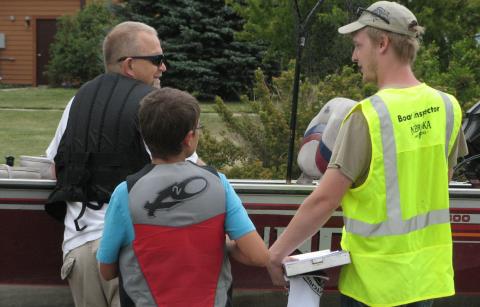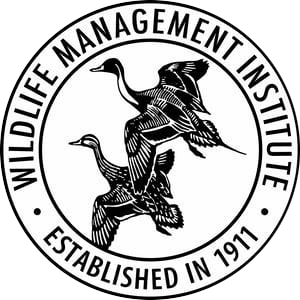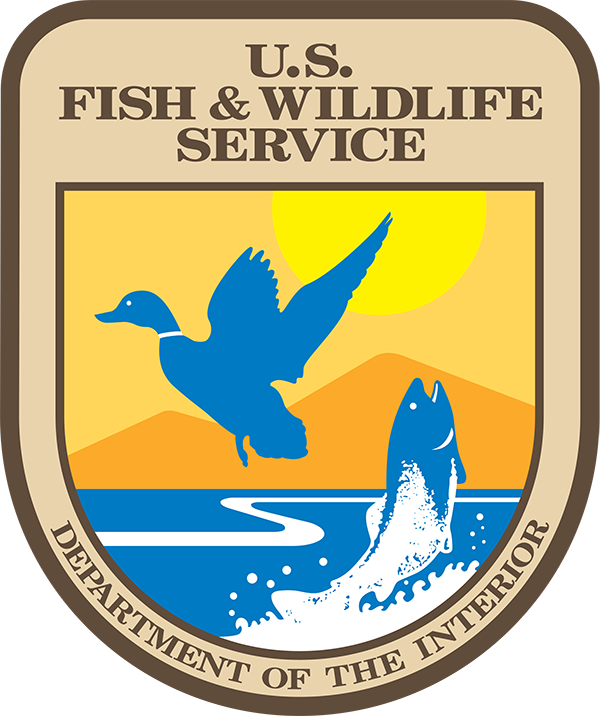Our current research is wide-ranging. From evaluating reproduction and harvest of wild turkeys, assessment of silver carp, understanding influence of environmental thresholds of freshwater assemblages, invasive species risk assessments, understanding conservation influence of greater prairie-chickens in Kansas and Nebraska, and researching strategies for integrating genetic tools into conservation efforts.
Influence of the Conservation Reserve Program on Population Structure, Demography, and Space Use by Greater Prairie-Chickens in Kansas and Nebraska
The U.S. Department of Agriculture, Conservation Reserve Program (CRP) is considered the most effective large-scale conservation effort affecting wildlife species in the United States. In the Great Plains, 4.18 million acres of CRP occurs in Kansas and Nebraska, potentially affecting a large number of wildlife species, including many grassland species that may rely on these landscapes for persistence and resilience to dynamic environments. Few studies have assessed the response of the greater prairie-chicken to the establishment of CRP, a species which has lost much of its historical range and is in decline. Kansas and Nebraska support the majority of extant greater prairie-chickens, though populations face multiple threats which may limit movement among remnant populations. The project will hierarchically evaluate the influence of CRP on greater prairie-chicken populations thought the collection of movement, vegetation, and genomic data sets and produce science that will form management actions on CRP enrollment as well as the species in the region.
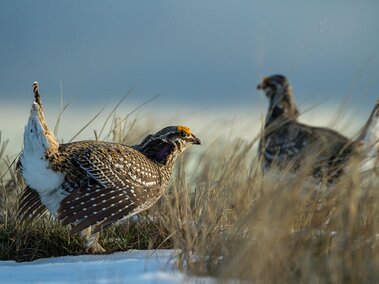
Photo: Nebraskaland Magazine/Nebraska Game and Parks Commission
Influence of Environmental Thresholds on Trajectories of Freshwater Assemblages with Implications for Building Climate Resilience Across Prairie Landscapes
October 2024
Climate change will exacerbate these changes and likely lead to further shifts in species composition and biodiversity loss. Conservation and management actions needed to counter shifts in species composition and biodiversity loss depend on identifying environmental thresholds (i.e., tipping points) after which undesirable state shifts occur. Yet, identifying systematic environmental thresholds across freshwater ecosystems remains elusive despite the recognition that reaching thresholds may lead to trajectories with irreversible changes.
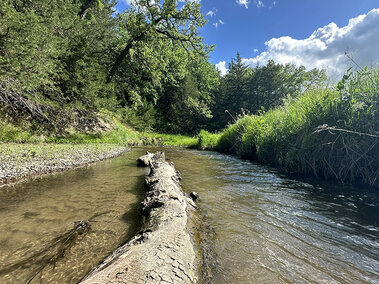
Assess Reference Condition of Small-Mammal Dynamics and Genetic Variation Prior to Ambler Road Development and Ongoing Climate Change
August 2024
Small mammals are keystone species in Arctic and boreal food webs with quick generation times and small home ranges, small mammals are sensitive bioindicators of local disturbance, including climate change and development. As climate change continues to affect temperatures, primary productivity and growing season, we can expect changes in small-mammal populations movements, ranges and cycles that may drastically influence boreal and Arctic ecosystems.
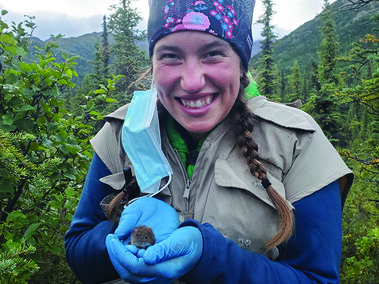
Have Population Size Fluctuations Influenced the Genomic Diversity in Monarchs?
July 2024
North American monarch butterflies are a charismatic pollinator, in part, because of their unique long-distance migration and formation of large clusters of individuals at winter roosting sites. The marked declines experienced by monarchs across North America (>95% since the 1990s) prompted concerns about the persistence of the unique behavioral segments of the species and capacity of the species to respond to current and emerging threats.
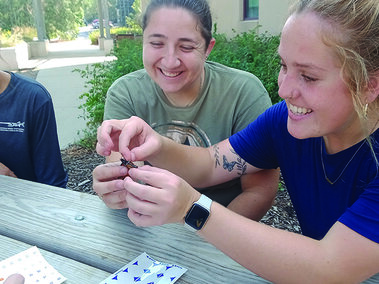
Evaluating Spatial Distribution and Composition of Mesopredator Communities in Western Nebraska
May 2024
Mesopredators are important components of animal and plant communities and play a role in maintaining ecosystem function and health. Not only does the presence of mesopredators on the landscape have a strong influence on prey density and vital rates, mesopredator composition has cascading effects on species and ecosystem processes.
Within Nebraska, scant data are available describing predator composition, occurrence and distribution. Given the influence these predators have on species, data on predator communities are needed to address knowledge gaps regarding population dynamics of harvested species and ultimately inform management strategies for both predator and harvested species.
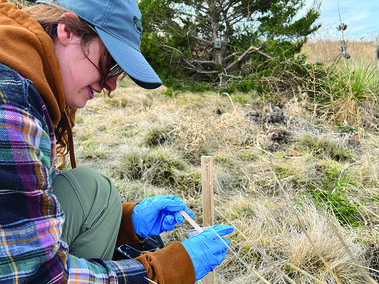
Effects of Woody Encroachment and Management on Grassland Birds in Nebraska’s Sandhills
August 2023
- Quantify the response of grassland birds to time-since-treatment, helping to evaluate the decade of conservation investments in the Sandhills
- Evaluate changes in grassland bird communities and species abundance due to the expansion of ERC
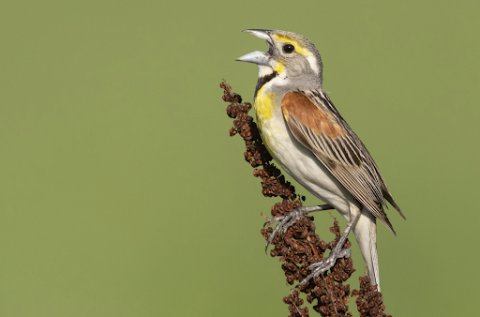
Rainwater Basin Joint Venture Science
July 2023
The Rainwater Basin Joint Venture’s (RWBJV) mission includes science–based conservation efforts for all priority bird habitats throughout Nebraska’s mixed–grass prairie region. The Management Board of the RWBJV is committed to implementing the U.S. Fish and Wildlife Service’s Strategic Habitat Conservation model.
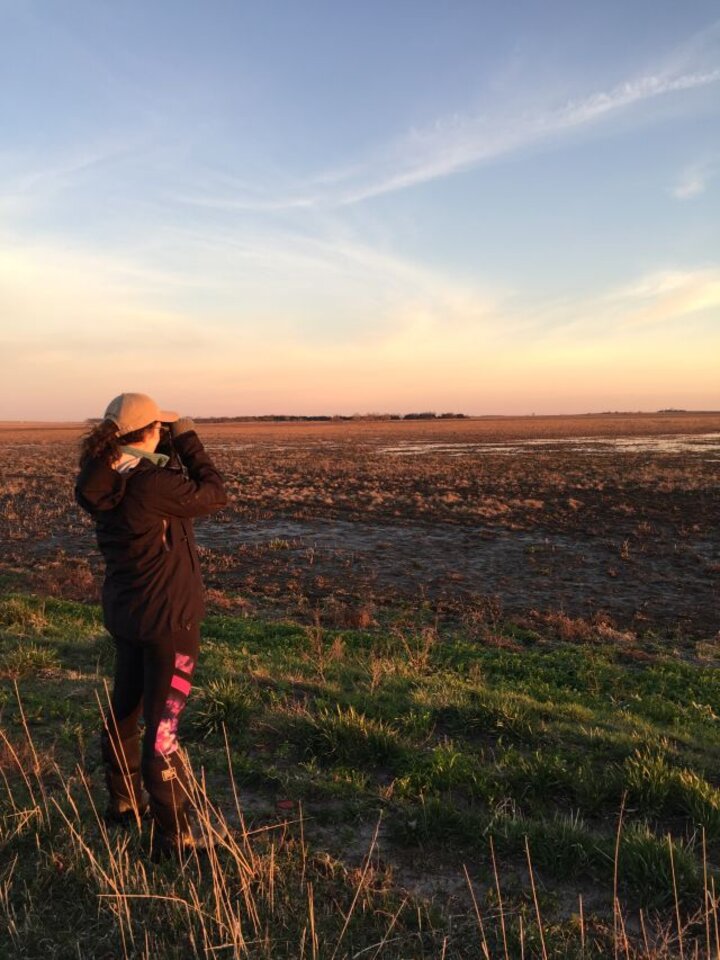
Project Sampling Efficiency Assessment for Silver Carp and Bighead Carp in Nebraska Mid-Order Streams and Rivers
January 2023
- Assess the temporal and spatial distribution and conduct an assessment of population characteristics including—but not limited too—relative abundance, size structure, and age structure of Silver Carp and Bighead Carp populations on the Platte River and lower reaches of major tributaries of Platte River
- Assess population connectivity between the Platte River and Missouri River
- Assess spawning phenology and recruitment of young-of-year Silver Carp and Bighead Carp within the Platte River and within reaches of major tributaries of the Platte River
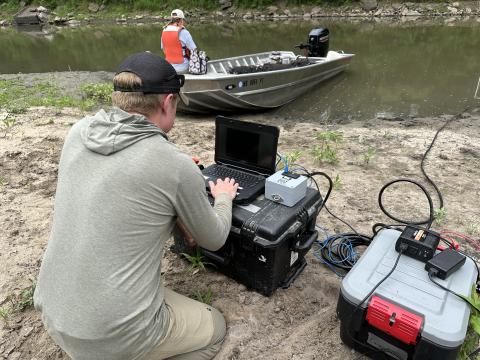
Evaluating reproduction, harvest, timing of season, connectivity, and spatial ecology of wild turkeys in Nebraska
August 2022
Wild turkeys are an important game species in Nebraska and across the United States of America. Managers and hunters have reported declines in the number of wild turkeys in Nebraska, similar to declines in other states and regions.
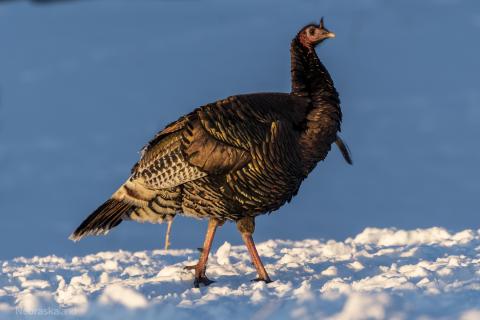
Multi-scale habitat needs of at-risk fishes in Nebraska
August 2022
This study will set the stage for future work assessing fish-habitat relations by identifying locations most likely to contain species of interest.
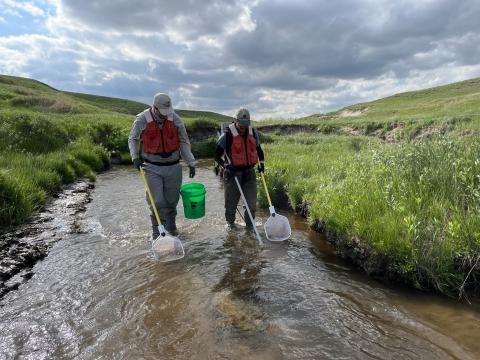
Pallid Sturgeon biology in Platte River and its tributaries
September 2021
The Pallid Sturgeon is a U.S. Threatened species that primarily inhabits the Missouri River and lower Mississippi rivers. Ongoing work in the main stems of large rivers has provided much critical information regarding the biology and ecology of the species.
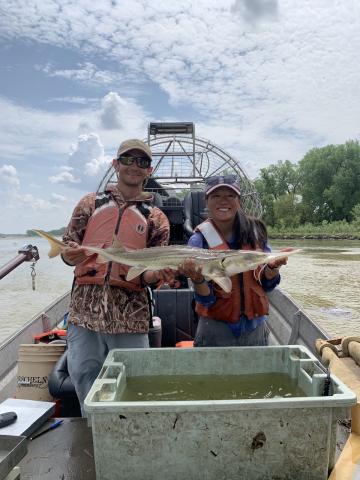
Development of a Molecular Approach to Age Pacific Walruses
October 2019
We are developing an approach to age walruses based on epigenetic signatures, which only requires DNA from sampled individuals. We have identified potential age-related epigenetic markers in walrus by whole methyl DNA sequencing samples derived from calves (0 year old) and adults (≥6 years old) with museum specimens of known age based on tooth cementum annuli analyses.
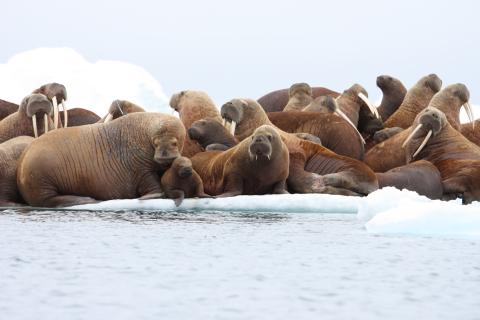
Aquatic Invasive Species (AIS) Prevention Program
April 2011
- Decrease the risk of aquatic invasive species introduction into Nebraska by implementing a boat inspections and decontamination program
- Increase public awareness of AIS through an integrated outreach and education program
- Continue AIS monitoring to help focus prevention efforts
- Increase local and regional collaboration in the prevention of AIS
